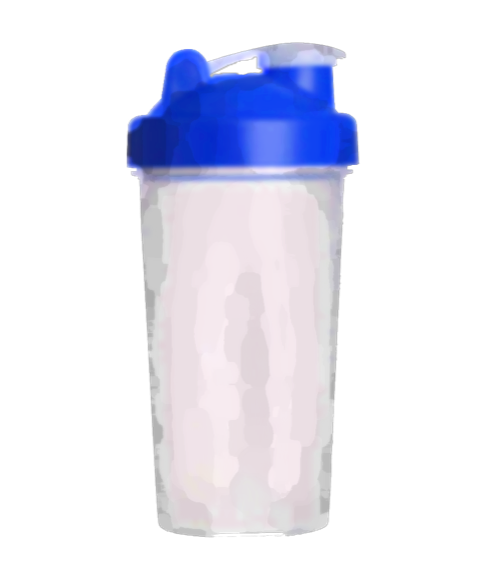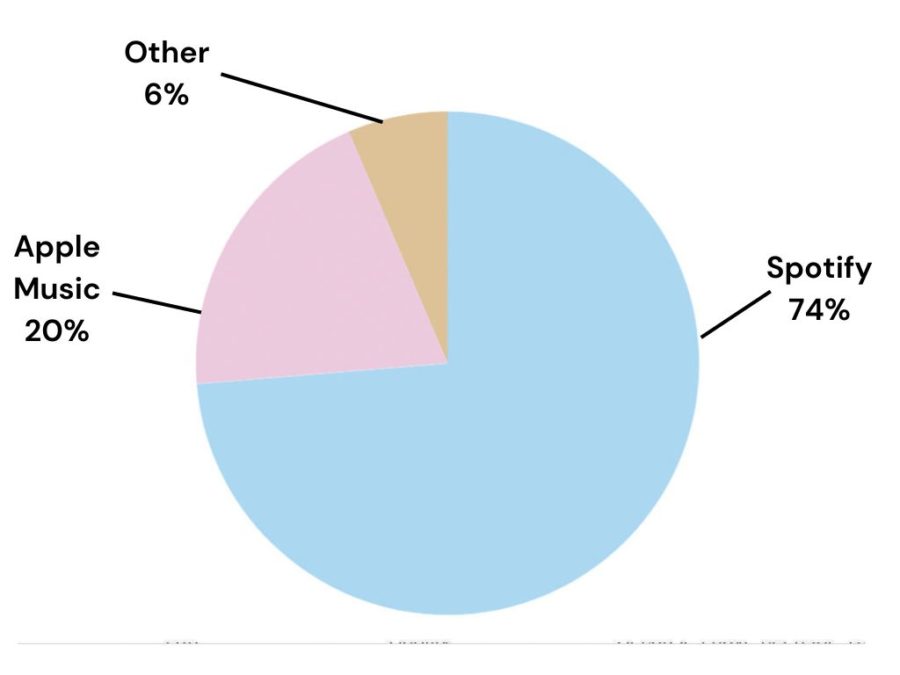
Protein powder: a meathead staple, a useless scam, or a healthy and convenient option? The mention of protein powder evokes the image of a roided-up and overly muscular man aggressively shaking a blender bottle for his sixth meal of the day.
While some are turned away from the product due to that image, others reject it because they view it as an unnecessary inconvenience. A common counter-argument to a suggestion of drinking a protein shake is “I just get my protein from real food,” as Andrew Leslie ‘20 says. That is a valid and possible method of nutrition. Protein powder is unnecessary as long as one can get enough nutrients from traditional food.
However, the appeal of protein powder is its versatility, convenience, and nutrient content. Usually, protein powder is found in athletic settings, as it offers a quick snack full of the nutrients athletes need after a practice or game. However, the potential of protein powder extends far beyond the field, locker room, or weight room. A little packet of protein powder can be taken on road trips, to school, or literally anywhere where a full meal may not be an option. It takes under a minute to mix the powder with water. Other quick meal options such as going to a fast food restaurant present unhealthy options, while a quick protein shake provides vital nutrients and vitamins.
Meal replacement mixes can include carbohydrate sources, powdered vegetables, and more. Everyone needs nutrients, that’s why people eat food. Protein helps the body repair damaged tissue and assists in cell function. For those who don’t habitually read ingredient lists, a simple mental change to categorize protein powder as a healthy and convenient choice will help anyone live a healthier and easier life.
Inexpensive protein powder can be a slippery slope though, as many companies fill the powder with fillers and artificial ingredients to fool customers with a low-quality product. An easy way to determine the best option for you is protein content. Look at the nutrition label and divide the grams of protein by the grams in one serving, which gives you protein content. A pure isolate powder should have somewhere between 75-90 percent pure protein, with the rest being flavoring.





